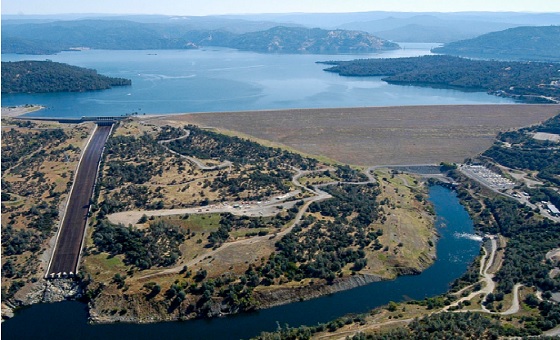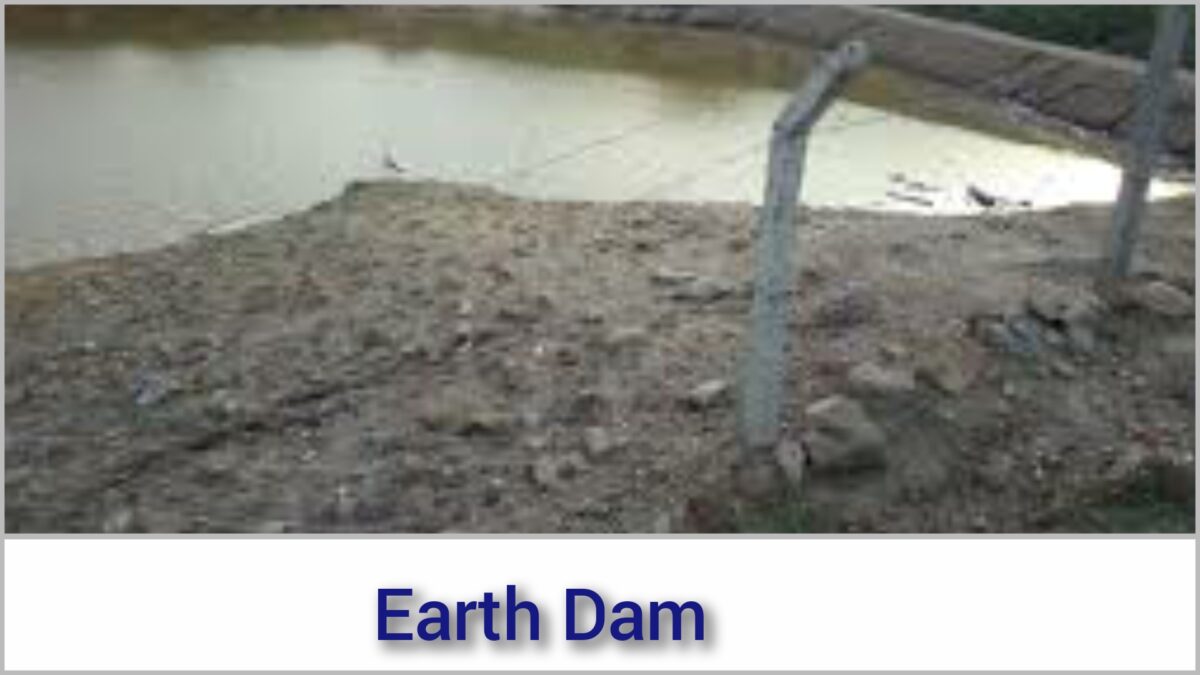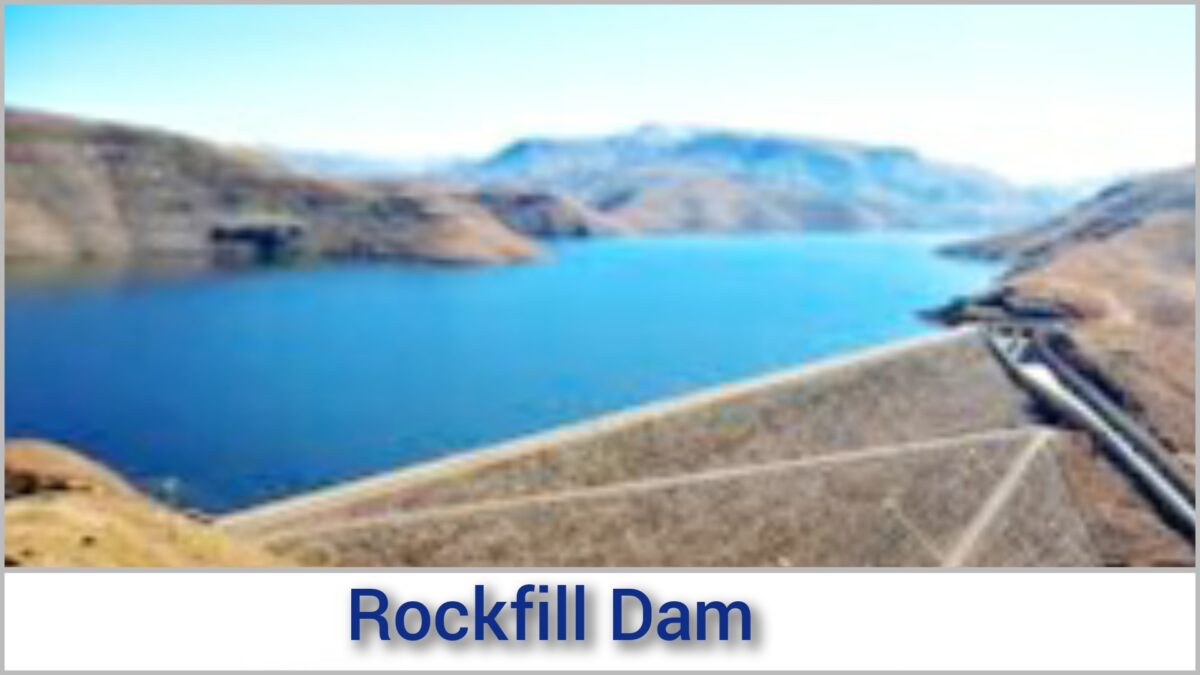Table of Contents
What is the Dam?
A dam may be defined as an obstruction or a barrier built across a river or a stream to create a reservoir. The side on which the water gets reserved is called the upstream side, and the other side of the barrier is called the downstream side.

Apart from storing water the major purposes of dams are of multiple-use such as irrigation, hydropower generation, flood prevention, water supply, inland navigation, recreation, mine tailing, etc.
Types of Dam:
There are different types of dames as follows.
- Earth Dam
- Rock-fill Dam
- Solid-masonry Gravity Dam
- Hollow-masonry Gravity Dam
- Arch Dams
- Steel Dams
- Timber Dams
Detailed descriptions for each type of dames are given below.
1. Earth Dam:

Earth Dams are made up of various components of earth materials (such as soil, sand, silt, clay, or rock) by compacting down solidly. They are the built-in area where the bearing capacity of the foundation to bear the weight of the concrete dam is not so strong. They are cost-effective.
Some famous earth dams of the world are –
| Earth Dams | River | Country |
| Green mountain dam | Colorado river | USA |
| Maithan dam | Barakar river | India |
2. Rock-fill Dams:

These are embankments formed of loose rocks and boulders piled in the river bed. They have an impermeable core of reinforced concrete on the upstream face of the dam to make it watertight.
Some famous rock-fill dams of the world are –
| Rock-fill Dams | Height | Country |
| The Salt Spring Dam | 345’ | USA |
| The San Gabriel No.1 Dam | 321’ | USA |
3. Solid-masonry Gravity Dams:
A dam is constructed from concrete or stone masonry in areas where there is a natural foundation strong enough to bear the great weight of the dam. They are expensive to build. Ex– Hoover dam, Bhakra dam
4. Hollow-masonry Gravity Dams:
Their design is the same as that of solid-masonry gravity dams. But it is thinner than pure gravity dams and requires less internal fill, about 35-40% concrete or masonry. It has characteristics of both arch dam and gravity dam. It is very difficult to build without skilled laborers. It is also not economical as the labor cost is too high to build its complex structure.
5. Arch Dams:
Arch dams are very complex and complicated structures situated at the narrow canyon with steep sidewalls. It is designed to make use of the horizontal arch action in place to hold back the water. Ex – Sautet dam on the Drac River in France; Idduki dam on the Periyar river in Kerala.
6. Steel Dams:
Steel dams are a type of temporary coffer dam made up of steel, needed for the construction of permanent dams. They are not used for major works as the maintenance cost is high due to rust and corrosion.
7. Timber Dams:
Timber dams were widely used in the early part of the industrial revolution and are rarely used now since in a few years rotting starts and must have regular maintenance during that time. Their lifespan is not more than 30-40 years.
